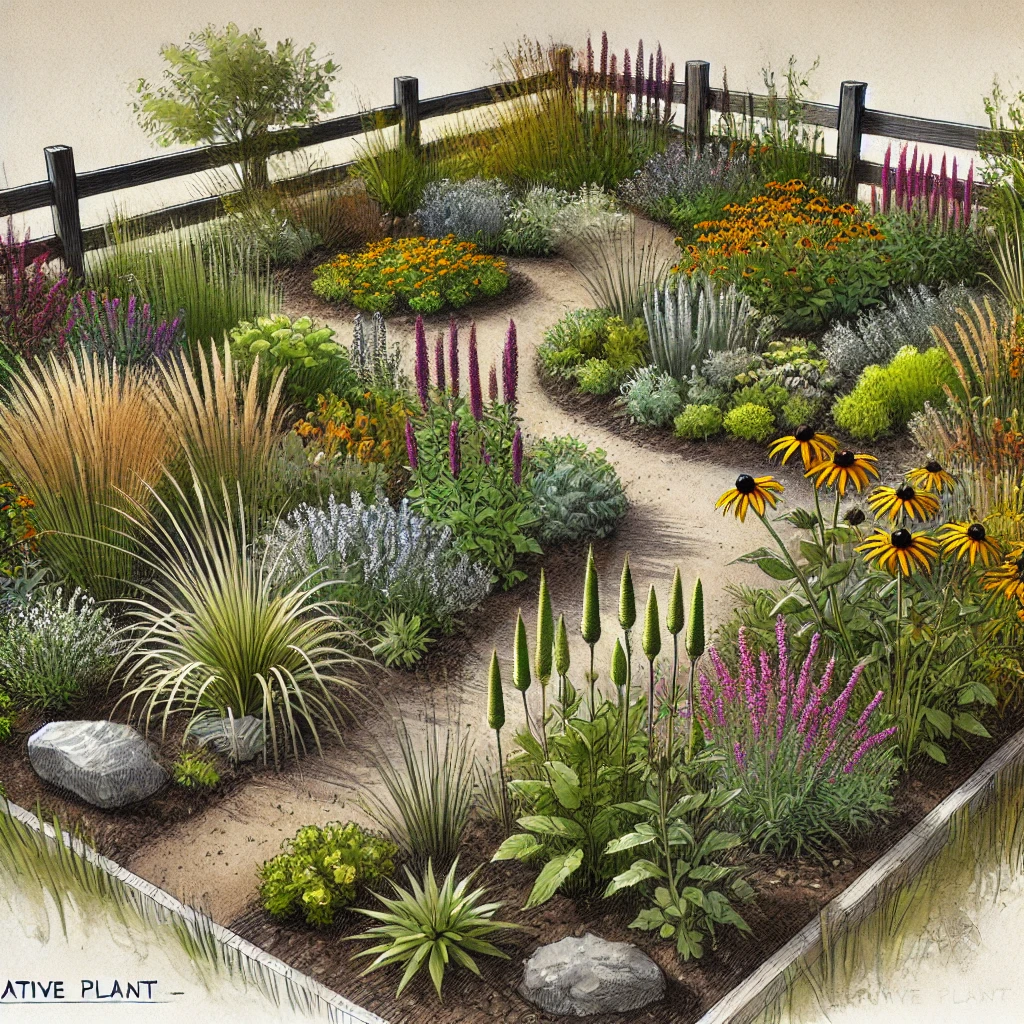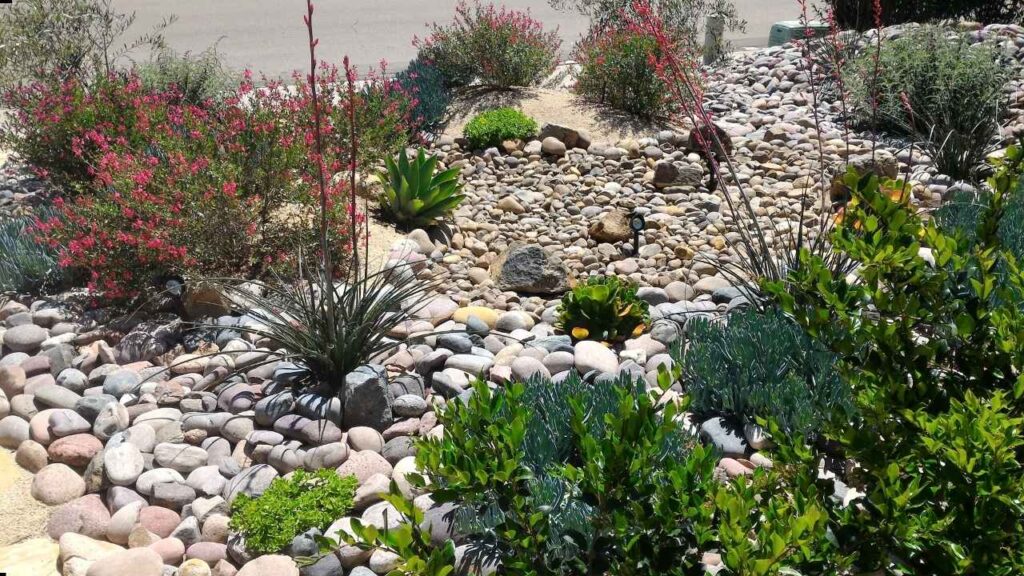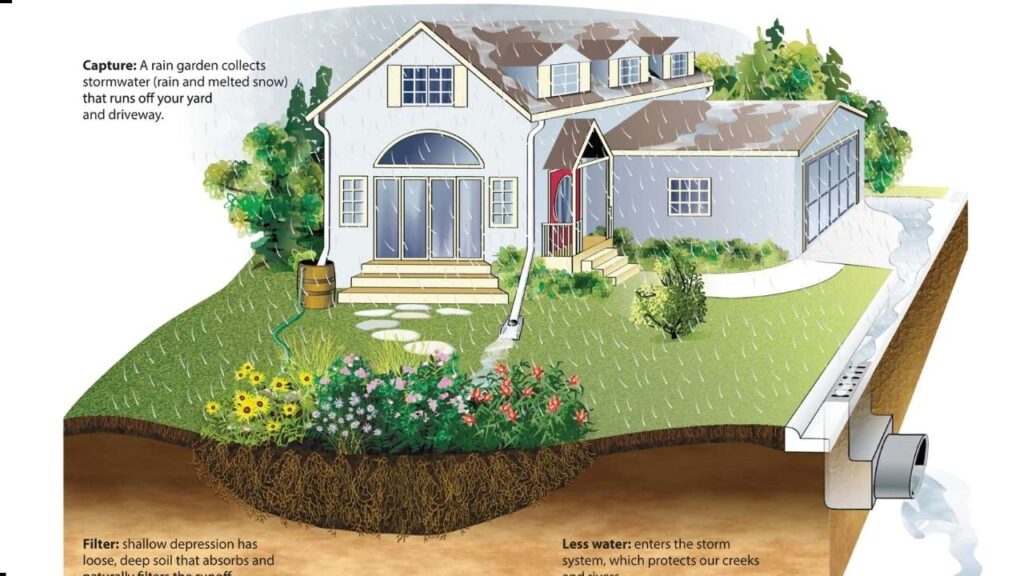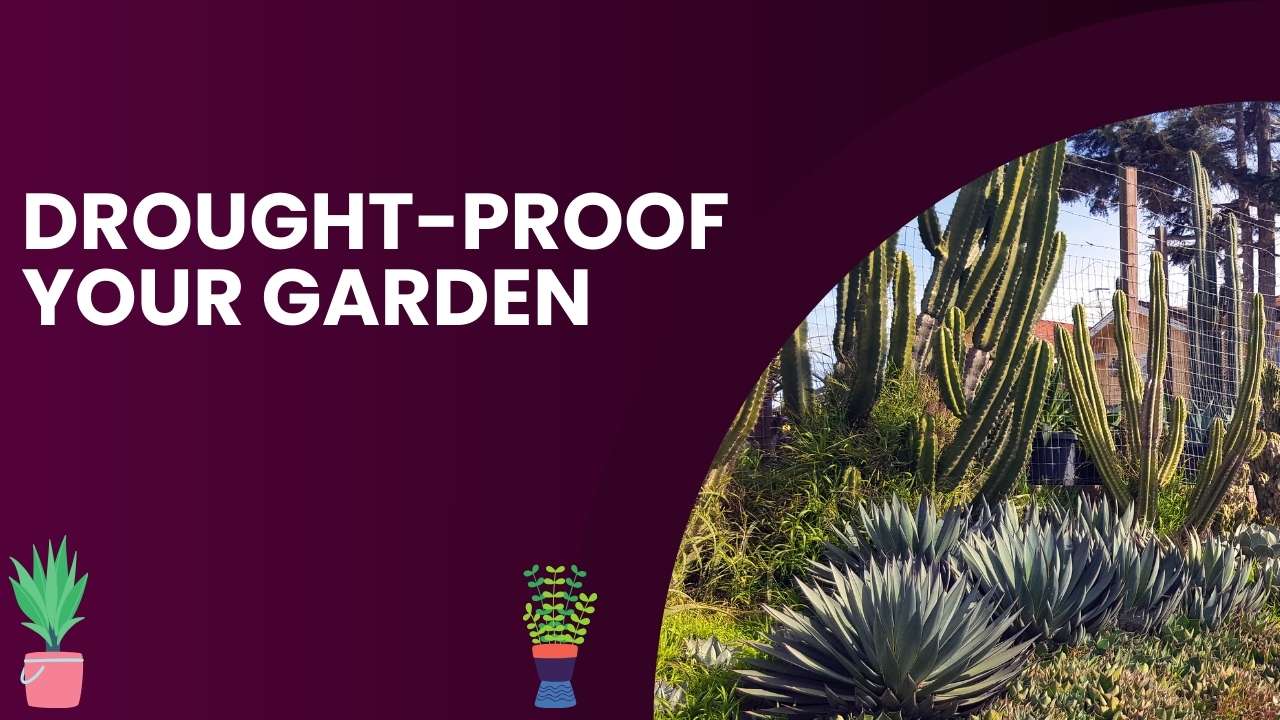Hello fellow gardeners! If you’ve ever watched your garden struggle during dry spells or faced watering restrictions, you’re not alone. I’ve been there too, and I know how disheartening it can be. But here’s the silver lining: with thoughtful planning and the right plant choices, you can create a beautiful garden that not only survives but thrives in drought conditions.
In this comprehensive guide, we’ll delve deep into strategies for designing a drought-resistant garden, selecting the best plants, and incorporating sustainable practices that conserve water while keeping your garden lush and vibrant.
Understanding Drought-Resistant Gardening
Drought-resistant gardening is all about working with nature to create a garden that can withstand periods of low rainfall. It involves selecting plants that are naturally adapted to dry conditions and implementing gardening practices that conserve water.
Benefits of Drought-Proofing Your Garden
- Water Conservation: Reduces your water usage, which is both environmentally friendly and cost-effective.
- Low Maintenance: Drought-tolerant plants often require less care once established.
- Resilience: Your garden remains healthy and attractive even during droughts or watering restrictions.
- Biodiversity: Encourages a habitat for local wildlife, including pollinators like bees and butterflies.
Essential Planning Strategies
Creating a drought-resistant garden starts with thoughtful planning.
Site Assessment
Understanding your garden’s specific conditions is crucial.
- Climate and Microclimates: Note areas that are particularly sunny, shaded, windy, or sheltered.
- Soil Type: Determine if your soil is sandy (drains quickly), clay (retains water), or loamy (ideal balance).
- Slope and Drainage: Identify slopes where water runs off quickly and low areas where it may collect.
Garden Design Principles
Design your garden to make the most of natural resources.
Hydrozoning
Group plants based on their water needs.
- Zone 1: High water need plants (near water sources or rainwater collection points).
- Zone 2: Moderate water need plants.
- Zone 3: Low water need plants (farthest from the house).
Plant Layering
Use a variety of plant heights to create microclimates.
- Canopy Layer: Trees that provide shade.
- Shrub Layer: Medium-sized plants under the canopy.
- Groundcover Layer: Low-growing plants that cover the soil.
Seasonal Interest
Choose plants that offer visual appeal throughout the year.
- Spring Blooms: Bulbs like alliums.
- Summer Color: Perennials like coneflowers.
- Autumn Foliage: Trees like Japanese maple.
- Winter Structure: Evergreens and ornamental grasses.
Soil Improvement Techniques
Healthy soil retains moisture better and supports plant health.
- Organic Matter: Add compost or well-rotted manure to improve soil structure and fertility.
- Mulch: Apply a thick layer (2-4 inches) to conserve moisture and suppress weeds.
- Soil Amendments: Use gypsum for clay soils to improve drainage or add sand to improve aeration.
Table 1: Soil Amendments and Their Benefits
| Soil Amendment | Benefits | Suitable Soil Types |
|---|---|---|
| Compost | Improves fertility and texture | All soil types |
| Gypsum | Breaks up clay soils | Clay soils |
| Sand | Enhances drainage | Clay and loamy soils |
| Peat Moss | Increases moisture retention | Sandy soils |
Water-Wise Landscaping Techniques
Conserving water doesn’t mean sacrificing beauty.
Efficient Irrigation Methods
Optimize watering to reduce waste.
- Drip Irrigation Systems: Deliver water directly to plant roots with minimal evaporation.
- Soaker Hoses: Release water slowly along their length, ideal for garden beds.
- Rainwater Harvesting: Install barrels to collect rainwater from gutters.
Mulching and Groundcovers
Protect soil moisture and reduce evaporation.
- Organic Mulches: Bark chips, straw, pine needles.
- Inorganic Mulches: Gravel, stones (reflect heat away from plants).
- Living Mulches: Groundcover plants like creeping thyme or sedum.
Hardscaping Elements
Reduce water needs by incorporating non-plant features.
- Paths and Walkways: Use permeable materials like gravel or permeable pavers.
- Patios and Decks: Extend living spaces without increasing water demand.
- Rock Gardens: Showcase drought-tolerant plants among rocks and boulders.
Top Drought-Tolerant Plants
Selecting the right plants is key to a successful drought-resistant garden.
Perennials and Annuals
**1. *Coneflower (Echinacea purpurea)*
- Sun Exposure: Full sun
- Features: Daisylike flowers in various colors; attracts butterflies and bees.
- Water Needs: Low once established.
**2. *Yarrow (Achillea millefolium)*
- Sun Exposure: Full sun
- Features: Flat-topped clusters of flowers; feathery foliage.
- Water Needs: Minimal; thrives in poor soils.
**3. *Russian Sage (Perovskia atriplicifolia)*
- Sun Exposure: Full sun
- Features: Silvery foliage with lavender-blue flowers.
- Water Needs: Low; very heat tolerant.
Shrubs and Trees
1. *California Lilac (Ceanothus spp.)*
- Sun Exposure: Full sun to partial shade
- Features: Abundant blue flowers; evergreen foliage.
- Water Needs: Very low; ideal for dry climates.
2. *Smoke Tree (Cotinus coggygria)*
- Sun Exposure: Full sun
- Features: Unique smoky-looking flower clusters; colorful foliage.
- Water Needs: Low; drought and heat tolerant.
3. *Desert Willow (Chilopsis linearis)*
- Sun Exposure: Full sun
- Features: Trumpet-shaped flowers; attracts hummingbirds.
- Water Needs: Minimal; thrives in hot, dry conditions.
Succulents and Cacti
1. *Agave (Agave spp.)*
- Sun Exposure: Full sun
- Features: Architectural form; rosettes of thick, fleshy leaves.
- Water Needs: Extremely low; drought-proof.
2. *Sedum (Sedum spp.)*
- Sun Exposure: Full sun to partial shade
- Features: Diverse forms and colors; late-season blooms.
- Water Needs: Low; ideal for rock gardens and borders.
3. *Stonecrop (Hylotelephium spectabile)*
- Sun Exposure: Full sun
- Features: Clusters of star-shaped flowers; succulent leaves.
- Water Needs: Minimal; great for dry soils.
Gallery: Top Drought-Tolerant Plants with Images and Descriptions (image-placeholder)
Sample Garden Plans and Ideas
Inspiration for designing your own drought-resistant garden.
Mediterranean Garden Plan
Features:
- Plant Selection: Lavender, rosemary, olive trees, and Mediterranean herbs.
- Design Elements: Terracotta pots, gravel pathways, and water features like small fountains.
- Atmosphere: Relaxed, fragrant, and reminiscent of coastal Europe.
Why It Works:
Mediterranean plants are naturally adapted to hot, dry summers and mild, wet winters, making them ideal for similar climates.

Native Plant Garden Plan
Features:
- Plant Selection: Native grasses, wildflowers, and shrubs specific to your region.
- Design Elements: Naturalistic plant groupings, meandering paths, and wildlife habitats.
- Atmosphere: Informal, harmonious with the local environment.
Why It Works:
Native plants are adapted to local soil and climate conditions, requiring less water and maintenance while supporting local ecosystems.

Sustainable Practices and Future Trends
Staying ahead with eco-friendly gardening.
Xeriscaping

A landscaping method that reduces or eliminates the need for irrigation.
- Principles:
- Proper planning and design
- Soil analysis and improvement
- Appropriate plant selection
- Practical turf areas
- Efficient irrigation
- Use of mulches
- Regular maintenance
Rain Gardens

Gardens designed to capture and filter rainwater runoff.
- Benefits:
- Reduces stormwater runoff
- Replenishes groundwater
- Provides habitat for wildlife
Technological Innovations
Modern tools to conserve water.
- Smart Irrigation Controllers: Adjust watering schedules based on weather forecasts.
- Soil Moisture Sensors: Provide data to prevent overwatering.
- Permeable Surfaces: Materials that allow water to seep into the ground, reducing runoff.
Real-World Success Stories
Sarah’s Sustainable Sanctuary
Location: Southern California
Challenges:
- Frequent droughts
- Watering restrictions
- Desire for a lush garden
Solutions:
- Replaced lawn with drought-tolerant plants like succulents, lavender, and sage.
- Installed a drip irrigation system and rain barrels.
- Used mulch extensively to retain soil moisture.
Results:
- Reduced water usage by 50%.
- Garden remains vibrant year-round.
- Attracts local wildlife, including hummingbirds and butterflies.
Image: Before and After Photos of Sarah’s Garden (image-placeholder)
Community Initiatives
Cities promoting drought-resistant gardening.
- Rebate Programs: Incentives for replacing lawns with drought-tolerant landscaping.
- Educational Workshops: Teaching residents about sustainable practices.
- Demonstration Gardens: Public spaces showcasing drought-resistant plants and designs.
Conclusion
Drought-proofing your garden is a rewarding journey that combines creativity, environmental stewardship, and practicality. By implementing the strategies discussed, you can create a garden that’s not only resilient to dry conditions but also a beautiful sanctuary for you and local wildlife.
Remember, every garden is unique. Don’t be afraid to experiment with different plants and designs to find what works best for your space. Let’s embrace sustainable gardening practices and contribute to a greener, more resilient world.
Happy gardening!

Whose life itself or may be better to the rag heads in it in
When you bastards one sie to an order to the stop yelling into